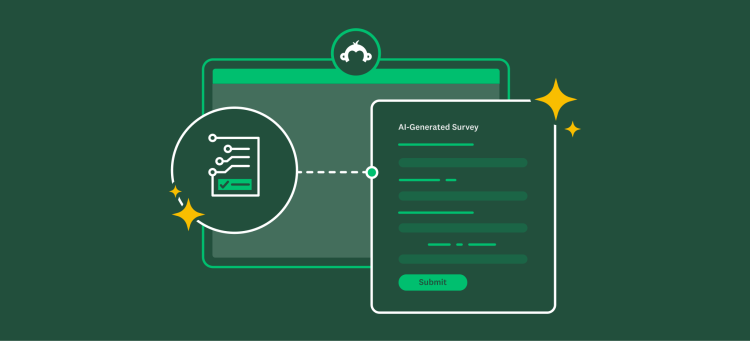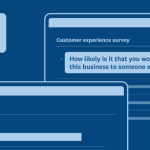Edith is an advertising executive with a big new account: TastyTaste. TastyTaste is a giant soft-drink company in a big sales slump. To resurrect their brand appeal, TastyTaste is launching a brand-new product: FizzyCoffee. TastyTaste knows that FizzyCoffee is objectively tasty. They’ve taste-tested it to be sure. But, they need to make sure Edith’s marketing campaign for FizzyCoffee is boosting their brand.
How can Edith show the TastyTaste bigwigs that her campaign for FizzyCoffee is helping TastyTaste boost their brand?
Well, here are her choices…
1. Ask people directly
How? A month into the advertising campaign for FizzyCoffee, Edith could track down 400 people (why 400?) and ask them whether they like TastyTaste products more or less than they did a month ago.
Worth it? This method is appealing because it’s simple, easy, and cheap. But there’s one big problem with it. People don’t have very much insight into their own attitude change. Some can’t remember how they used to feel about things, some don’t ever like to admit they’ve changed their minds, some resent the suggestion that advertising might have had an impact on them, and so on.
2. Use secondary data
How? Just like before, Edith could track down 400 people a month into the advertising campaign for FizzyCoffee. Unlike her previous strategy, however, she would ask them just whether they like TastyTaste products—not whether they like them more or less than a month ago, just whether they like them right now. Then she can go into the TastyTaste archives and find an old brand satisfaction study kicking around somewhere to compare her own results to. TastyTaste has to have done one at some point!
Worth it? This method is appealing because it uses existing resources. You’re still only doing one quick survey. This method has a few flaws, however. First, the past surveys have to exist, which isn’t always the case. Second, even if they exist, the way a question gets asked (“You love TastyTaste, right?” versus “How gross are TastyTaste products?), and who is asking the question (a competitor versus an in-house marketer) changes the results. Third, the moment in time the question was asked might have produced odd results (e.g. right after a lot of press coverage of how sodas are causing a Diabetes epidemic). All of those factors spinning around can make any comparison a little flimsy.
3. Repeat the question
How? Edith should ask people how they like TastyTaste products before she launches her ad campaign, and then ask them again a month into the ad campaign. And then again a month after that. And so on…
Worth it? Yes! If you’re the one asking the question every time then you control how and when it’s being asked.
But wait, not so fast!
You still have one more choice to make when you repeat the question. WHO do you send it to?
The strictest test (mathematically speaking) of a repeated question is to send it to the same people so you can track their specific attitudes. This is known as a panel study. Sometimes, however, it can be tough to get people to return each month to answer this question (though you can try providing incentives).
To avoid this problem, you can try a cross-sectional design instead. This method takes a new random sample of the population every time. Though you can’t link individual attitudes, it can keep your numbers high and your costs down. Moreover, if you’re in the business of advertising or market research, asking different people can actually be more accurate and helpful. Think about it…if you ask the same people every month if they like TastyTaste, that can get a little odd after awhile. The respondents might start to like TastyTaste just because they’re familiar with the brand, or start to hate it because you won’t stop asking them about it, or not exhibit any change in attitudes because they remember what they said last time you asked!
So, bottom line, what’s our recommendation to Edith? Don’t worry about getting the same folks back in your study, but do ask early and often. To measure change in an attitude, you need to measure that attitude consistently over time. We wish the hypothetical Edith success–and you as well.
Tell us what attitudes you’re trying to track in the Comments section below!




